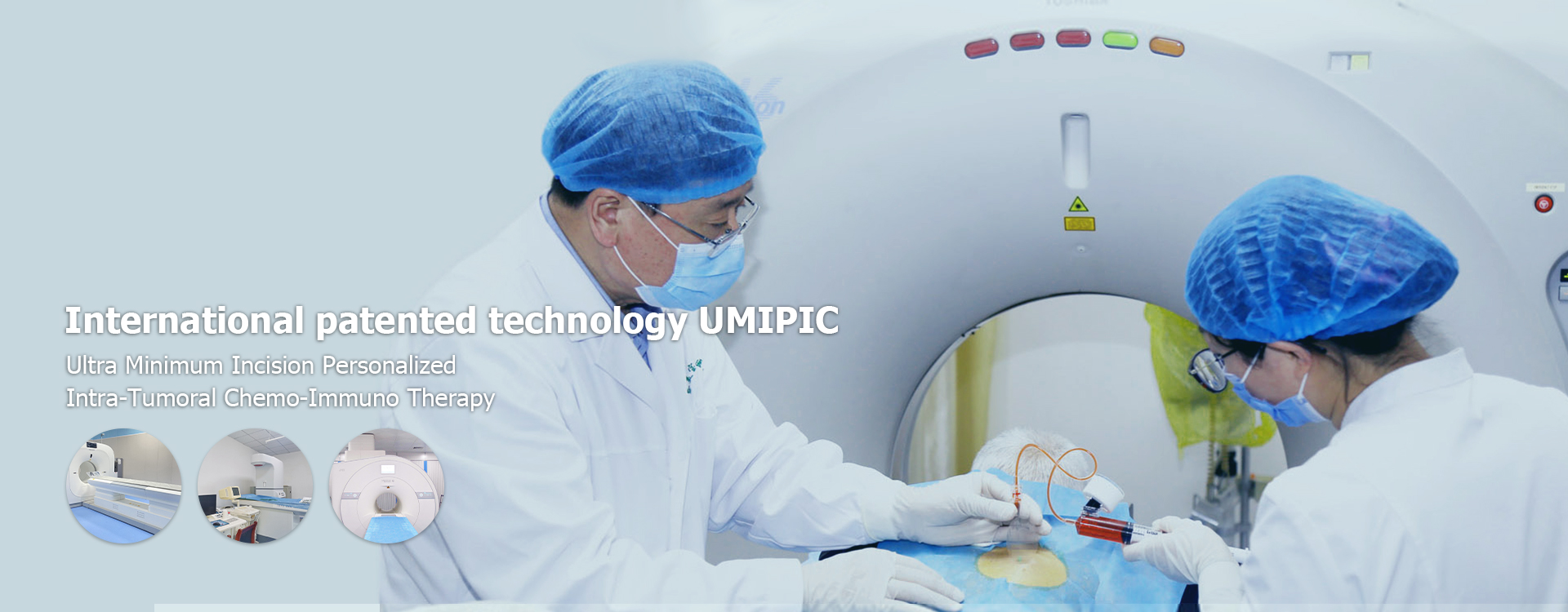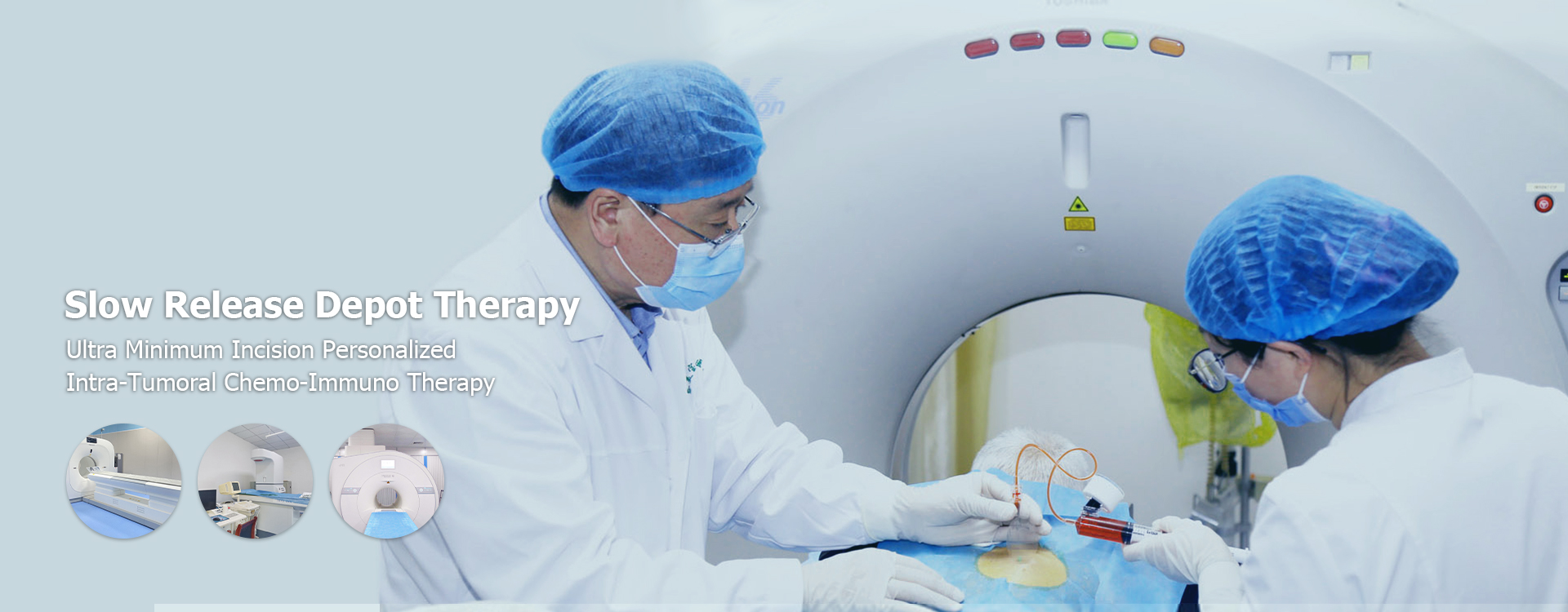
breast cancer
Breast canceris a disease in which cells in thebreastgrow out of control. There are different kinds ofbreast cancer. The type ofbreast cancerdepends on which cells in thebreastbecome cancerous. It can occur in both men and women, but it's far more common in women. Early detection through screening and self-exams, along with advancements in treatment, have significantly improved survival rates. Understanding the risks, symptoms, and available options is crucial for proactivebreasthealth.UnderstandingBreast CancerWhat isBreast Cancer?Breast canceroriginates in thebreasttissue, most commonly in the ducts (tubes that carry milk to the nipple) or lobules (milk-producing glands). The cancerous cells can invade surrounding tissues and spread (metastasize) to other parts of the body.Types ofBreast CancerDifferent types ofbreast cancerexist, each with its own characteristics and treatment approaches. Some common types include:Invasive Ductal Carcinoma (IDC):The most common type, starting in the milk ducts and spreading outside of them.Invasive Lobular Carcinoma (ILC):Starts in the milk-producing lobules and spreads to surrounding tissues.Ductal Carcinoma in Situ (DCIS):Abnormal cells are found in the lining of the milk duct, but have not spread outside of it.InflammatoryBreast Cancer(IBC):A rare and aggressive type where cancer cells block lymph vessels in the skin of thebreast. Triple-NegativeBreast Cancer(TNBC):Cancer cells don't have estrogen receptors, progesterone receptors, or HER2 protein.Risk Factors and PreventionFactors IncreasingBreast CancerRiskWhile the exact cause ofbreast canceris not fully understood, certain factors increase the risk of developing the disease. These include:Age:The risk increases with age.Family History:Having a close relative (mother, sister, daughter) diagnosed withbreast cancer. Genetics:Inherited gene mutations, such as BRCA1 and BRCA2.Personal History:Having a previous diagnosis ofbreast canceror certain non-cancerousbreastconditions.Obesity:Being overweight or obese, especially after menopause.Hormone Replacement Therapy (HRT):Long-term use of HRT.Radiation Exposure:Previous radiation therapy to the chest area.Alcohol Consumption:Drinking alcohol in excess.Prevention StrategiesWhile it's impossible to eliminate the risk ofbreast cancercompletely, certain lifestyle choices and preventive measures can lower the risk:Maintain a Healthy Weight:Achieve and maintain a healthy body weight through diet and exercise.Regular Exercise:Engage in regular physical activity.Limit Alcohol Consumption:Reduce or eliminate alcohol intake.Healthy Diet:Consume a diet rich in fruits, vegetables, and whole grains.Breastfeeding:If possible,breastfeed your children.Screening:Follow recommended screening guidelines, including mammograms and clinicalbreastexams.Prophylactic Surgery:For women at very high risk, discuss preventative surgery options like mastectomy or oophorectomy with your doctor.Symptoms and DiagnosisRecognizing Potential SymptomsBeing aware of the potential signs and symptoms ofbreast canceris crucial for early detection. Common symptoms include: A new lump or thickening in thebreastor underarm area. Changes in the size, shape, or appearance of thebreast. Nipple discharge (other thanbreastmilk). Nipple retraction (turning inward). Skin changes on thebreast, such as dimpling, puckering, or redness. Pain in thebreastor nipple.Diagnostic Tests and ProceduresIf you notice any suspicious symptoms, it's important to consult a doctor for a thorough evaluation. Diagnostic tests may include:ClinicalBreastExam:A physical examination of thebreastsby a healthcare professional.Mammogram:An X-ray of thebreast. Ultrasound:Uses sound waves to create images of thebreasttissue.MRI:Magnetic resonance imaging provides detailed images of thebreast. Biopsy:A sample of tissue is removed and examined under a microscope to determine if cancer cells are present. Different biopsy types exist (e.g., needle biopsy, surgical biopsy).Treatment OptionsBreast cancertreatment is often multimodal, involving a combination of therapies tailored to the specific type and stage of cancer. Shandong Baofa Cancer Research Institute (https://baofahospital.com) is committed to advancing cancer research and treatment.SurgerySurgical options forbreast cancerinclude:Lumpectomy:Removal of the tumor and a small amount of surrounding tissue.Mastectomy:Removal of the entirebreast. Different types exist, including simple mastectomy, modified radical mastectomy, and skin-sparing mastectomy.Sentinel Lymph Node Biopsy:Removal of the first few lymph nodes to which cancer cells are most likely to spread.Axillary Lymph Node Dissection:Removal of many lymph nodes in the underarm area.Radiation TherapyRadiation therapy uses high-energy rays to kill cancer cells. It can be used after surgery to destroy any remaining cancer cells.ChemotherapyChemotherapy uses drugs to kill cancer cells throughout the body. It can be administered intravenously (through a vein) or orally (as a pill). The specific chemotherapy regimen depends on the type and stage ofbreast cancer.Hormone TherapyHormone therapy blocks the effects of hormones (estrogen and progesterone) on cancer cells. It is effective for hormone receptor-positivebreast cancers.Targeted TherapyTargeted therapy drugs target specific proteins or pathways that cancer cells need to grow and survive. For example, HER2-positivebreast cancerscan be treated with drugs that target the HER2 protein.ImmunotherapyImmunotherapy helps the body's immune system fight cancer. It is a newer treatment option that is showing promise in some types ofbreast cancer, particularly triple-negativebreast cancer.Staging ofBreast CancerBreast canceris staged based on the size of the tumor, whether it has spread to lymph nodes, and whether it has metastasized to other parts of the body. Staging helps doctors determine the best treatment plan and predict the prognosis. Stages range from 0 to IV, with higher stages indicating more advanced cancer.Survival RatesSurvival rates forbreast cancerhave improved significantly over the past few decades due to advancements in screening and treatment. The five-year survival rate for localizedbreast cancer(cancer that has not spread outside thebreast) is about 99%. However, survival rates vary depending on the stage of cancer at diagnosis, the type of cancer, and individual factors.The following table illustrates approximate 5-year survival rates based on stage, according to information from the National Cancer Institute's SEER database: Stage 5-Year Relative Survival Rate Localized (Cancer is confined to thebreast) 99% Regional (Cancer has spread to nearby lymph nodes) 86% Distant (Cancer has spread to distant organs) 29% Source: National Cancer Institute SEER Program (https://seer.cancer.gov/)Living withBreast CancerA breast cancerdiagnosis can be overwhelming. It's crucial to seek support from family, friends, support groups, and healthcare professionals. Resources are available to help patients manage the physical, emotional, and financial challenges ofbreast cancer.Ongoing Research and Future DirectionsResearch continues to advance our understanding ofbreast cancerand develop new and more effective treatments. Areas of ongoing research include: Developing new targeted therapies and immunotherapies. Improving early detection methods. Identifying new risk factors and prevention strategies. Personalizing treatment based on individual characteristics.Breast canceris a complex disease, but with increased awareness, early detection, and advancements in treatment, the outlook for patients continues to improve. Regular screening, a healthy lifestyle, and proactive communication with healthcare providers are essential forbreasthealth.
Relatedproducts
Related products
Best sellingproducts
Best selling products-
 PAT, rectal cancer patient from the United States
PAT, rectal cancer patient from the United States -
 Anthony, lymphocytic cancer patient from the United States 24
Anthony, lymphocytic cancer patient from the United States 24 -
 Famous American female painter Muriel
Famous American female painter Muriel -
 Andress, a 9-year-old boy from the United States
Andress, a 9-year-old boy from the United States -
 Mark, a prostate cancer bone metastasis patient from the United States
Mark, a prostate cancer bone metastasis patient from the United States -
 Nell Smith, a throat cancer patient from Switzerland
Nell Smith, a throat cancer patient from Switzerland





